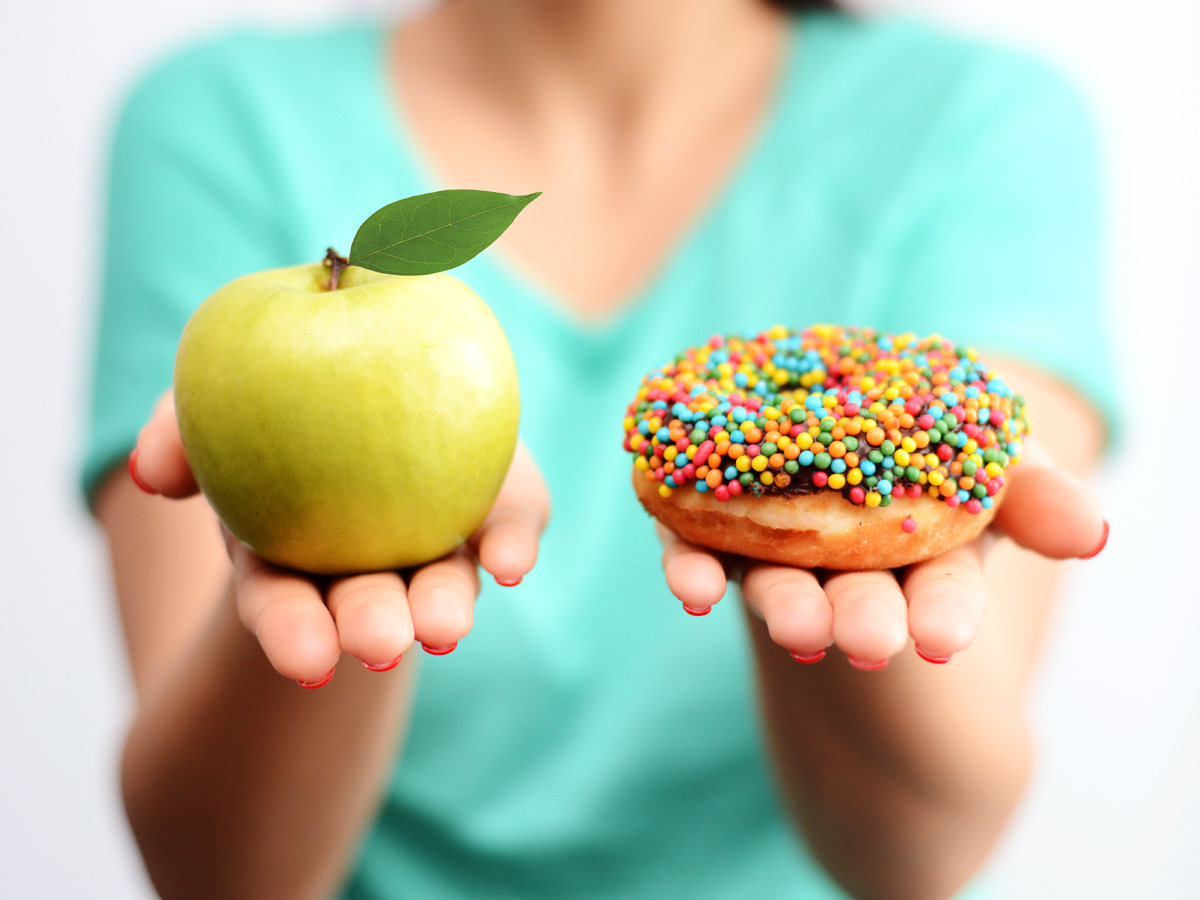Can price convince consumers to make more nutritious choices?

Whether families choose healthier side options for kids like apples at fast food restaurants could depend on price, according to research.
Julie Kellershohn wants to know why you picked a healthier option for your latest restaurant meal and whether she can influence you to make that healthier choice again.
A professor in marketing at the Ted Rogers School of Management, Kellershohn works in food and beverage marketing and is fascinated by how individuals make food choices and their perception of what is nutritious. “I’m really interested in what people eat, why they choose the food they do, and how marketing can influence those decisions,” she said.
For example, her research has shown that just the addition of a single leaf of lettuce on a burger dramatically increases how people perceive its healthiness. “You and I both know that the single leaf of lettuce does very little to change the burger from a nutrition perspective,” said Kellershohn. “The additional 4 calories from the lettuce has minimal impact on the nutritional value of the burger but it has a dramatic impact from a marketing perspective.”
When it comes to children’s meals, Kellershohn’s work examines what might make parents choose a more nutritional option when dining out. In one of her recent studies, she looked at what could incentivize parents to choose apple slices over a side of fries for their child’s meal, and to choose low-fat yogurt over an ice cream cone.
When the cost of the meals was identical, most parents said they would order fries over the apple slices and were more likely to choose the ice cream for their child. However, if a price reduction of at least 15 per cent was offered, you could convince parents to make the healthier choice because they feel like they are being financially rewarded for their behaviour. Alternatively, a punitive approach also showed promising impact. Charging an additional up-charge of $0.25 for the option of fries or ice cream convinced over half of the parents to stick with the healthier choice.
Kellershohn’s research is showing that price could be used as a tool to influence healthier food purchasing habits. Her next research project examines the impact of having increased visibility of calories on restaurant menus and how that affects food choices in fast food restaurants, now that Canada has instituted this requirement.